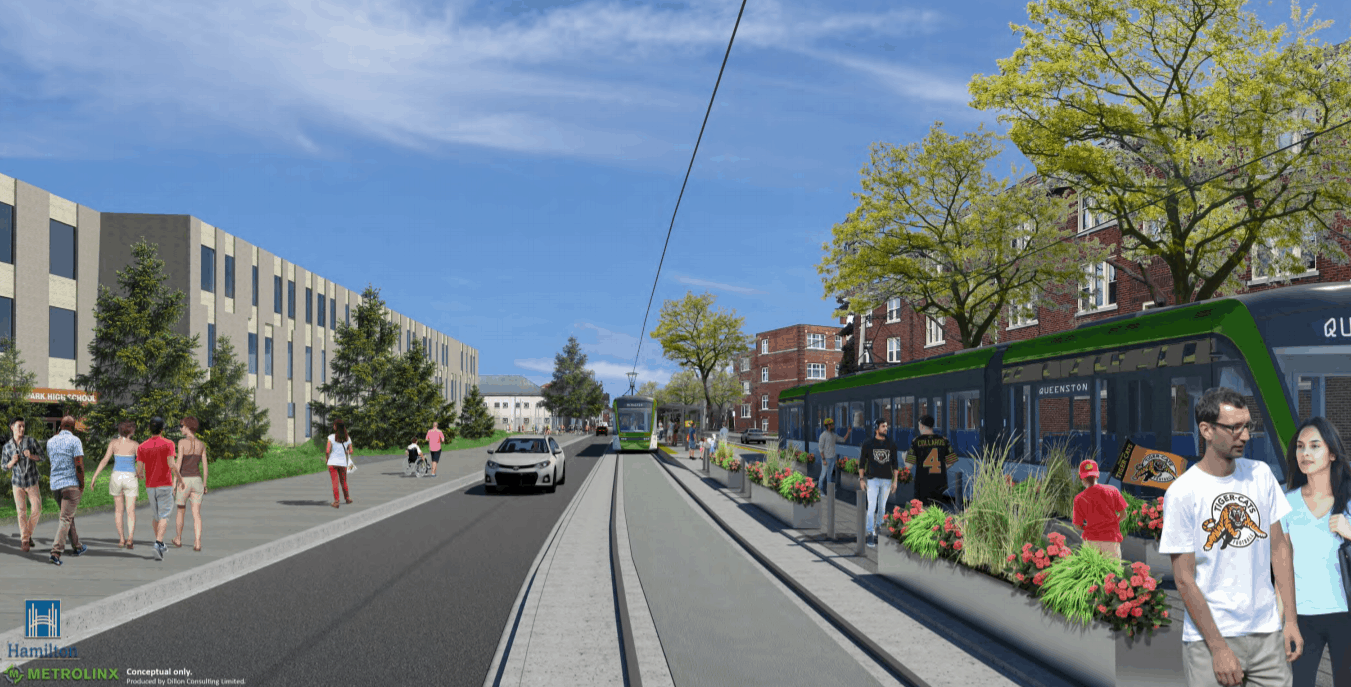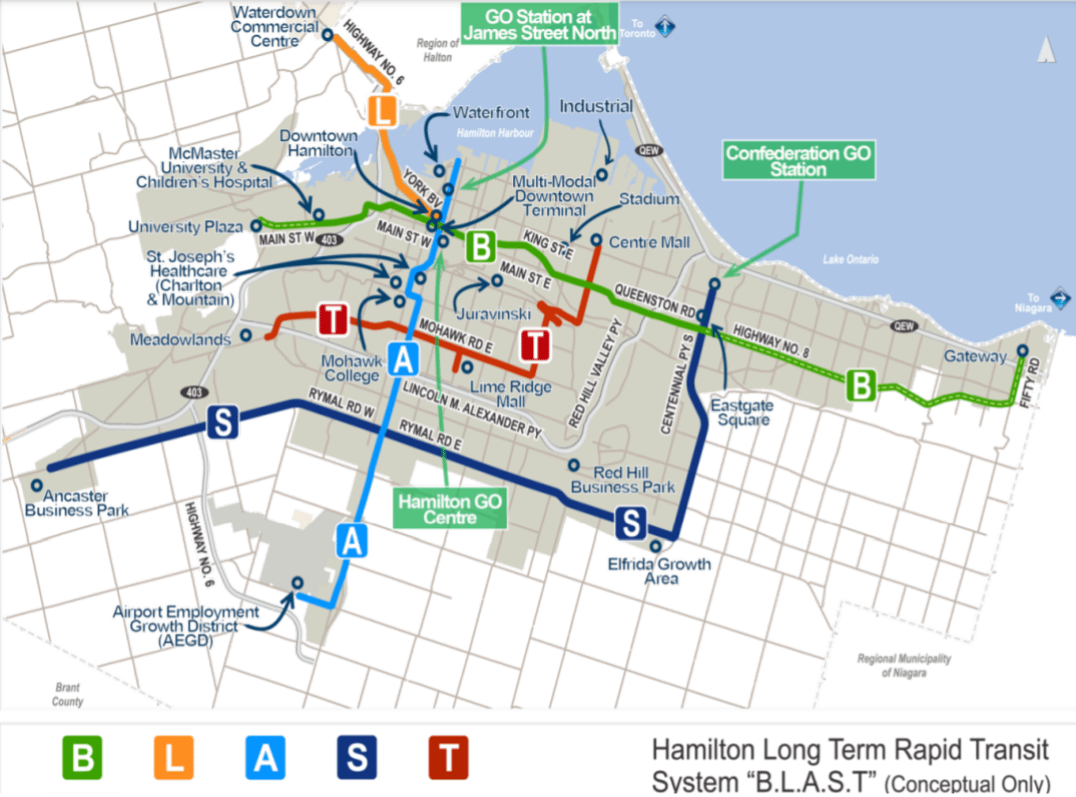No stopping the train now: Hamilton LRT moving forward after council’s binding vote
Published September 8, 2021 at 3:41 pm

It’s been 14-years in the making. The City of Hamilton is locked into accepting light-rail transit (LRT).
City councillors voted 11-3 as the general issues committee on Wednesday (Sept. 8) to sign a binding memorandum of understanding with Metrolinx and the province. It all but guarantees the $3.4-billion project will move ahead with shovels expected to hit the ground mid-2022.
The only councillors who voted “no” were Maria Pearson (Ward 10), Brenda Johnson (Ward 11), Judi Partridge (Ward15).
Even upper Stoney Creek Coun. Brad Clark voted “yes,” despite being a long-time opponent of LRT in Hamilton. He pointed to the historic $3.4-billion investment from both the federal and provincial governments.
The City will have to work out the details on operating costs, projected to be between $6.4 and $16.5-million per year. The memorandum states that all of the revenue generated through fares will go to Hamilton, meaning the City will be able to set its own prices.
When the federal government announced its $1.7b contributions, affordable housing along the LRT corridor was a key factor. However, there is no mention of affordable housing in the memorandum.
The LRT line will go from McMaster University, through downtown, to Eastgate Centennial Park in Stoney Creek. It will cover 14-kilometres with 17 stops.

Approximately 7,000 jobs are expected to be created for the construction of the project.
“On behalf of the Hamilton business community, I would like to extend tremendous gratitude to Minister Mulroney and the Ford government for collaborating with their federal counterparts to deliver a once-in-a-lifetime transit investment in our city and across our region,” said Keanin Loomis, President & CEO of the Hamilton Chamber of Commerce after the joint funding announcement in May.
“The job creation, economic development, infrastructure, intensification and environmental impacts of this LRT project will greatly accelerate Hamilton’s transformation as we emerge out of the pandemic.”

Hamilton’s LRT project is part of the BLAST Network, which would include:
- B-Line (LRT) from McMaster University to Eastgate Square, with future
extension to University Plaza to the west and Fifty Road to the east. - A-Line: Bus Rapid Transit (BRT) from Waterfront/West Harbour GO to Rymal, and Priority Bus from Rymal to
Hamilton Munro International Airport - L-Line: Priority Bus from Downtown Hamilton to Waterdown.
- S-Line: Priority Bus from Ancaster Business Park to Confederation GO Station.
- T-Line: Priority Bus from Centre Mall to Meadowlands Terminal.
The Hamilton LRT project is Ontario’s fifth priority transit project, joining the Ontario Line Subway, Scarborough Subway Extension, Eglinton Crosstown West Extension and Yonge North Subway Extension projects.
insauga's Editorial Standards and Policies advertising





